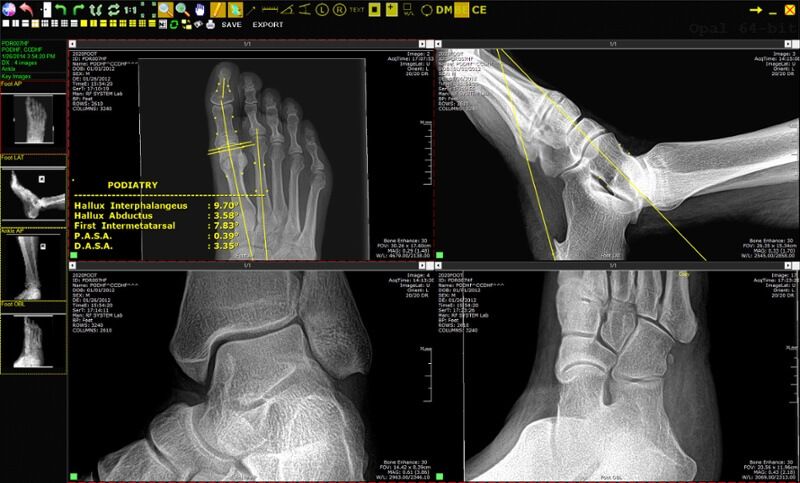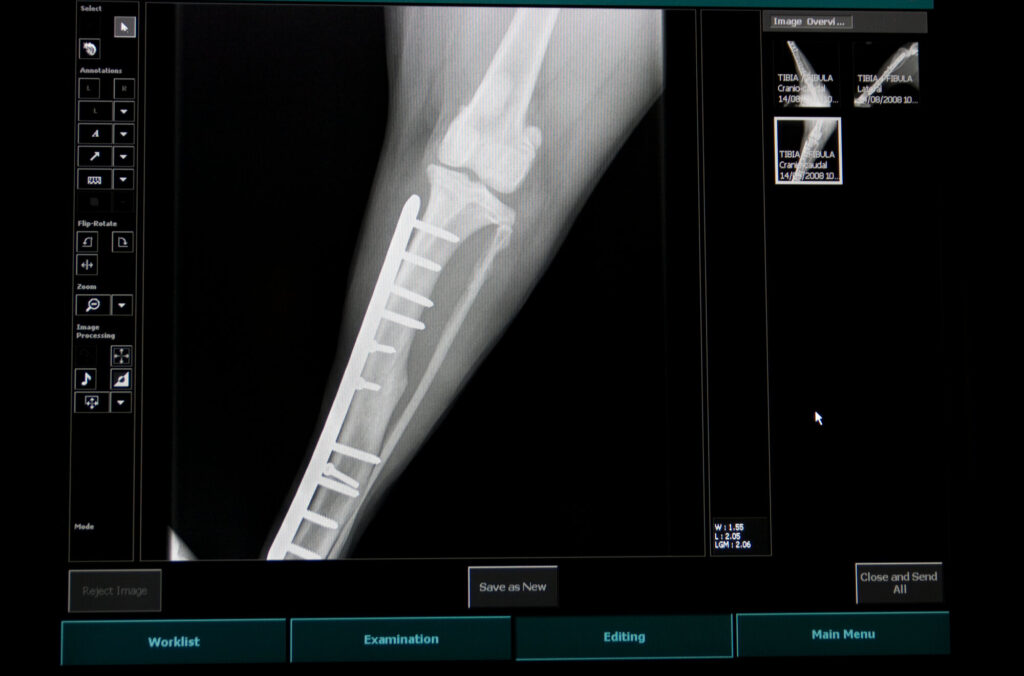When starting a new medical imaging project, one of your first decisions will be selecting the right DICOM viewer library approach.
Should you choose a modular architecture that offers flexibility or a monolithic solution for simplicity?
This choice significantly impacts your development speed, maintenance costs, and how your application scales over time.
Understanding the Basics: What’s the Difference?
Before diving into when to use each approach, let’s clarify what these terms actually mean.
Monolithic imaging libraries bundle all functionality into a single, comprehensive package. Think of them as all-in-one solutions—everything you need comes together in one cohesive unit.
Modular imaging libraries, on the other hand, consist of separate, specialized components that you can mix and match based on your specific needs.
When to Choose Monolithic Imaging Libraries
Monolithic libraries shine in several scenarios that might match your project requirements:
Perfect for Beginners and Small Teams
If you’re just starting out or working with a small development team, monolithic libraries offer a smoother learning curve. You don’t need to understand how multiple components interact—everything works together out of the box.
Time-Sensitive Projects
When your deadline is tight and you need to deliver quickly, monolithic libraries can help you hit the ground running. You’ll spend less time on configuration and more time building actual features.
“The biggest advantage of monolithic libraries is their ready-to-use nature—perfect when speed of implementation outweighs customization needs.”
Consistent Use Cases
If your application has a well-defined purpose that isn’t likely to change dramatically, a monolithic approach prevents unnecessary complexity.
When Modular Libraries Make More Sense
Modular libraries offer compelling advantages for certain development scenarios:
Complex, Growing Projects
For applications that will evolve significantly over time or serve multiple purposes, modular libraries provide the flexibility to adapt without overloading your system with unused features.
Performance-Critical Applications
When every millisecond counts, modular libraries let you include only what you need, potentially resulting in faster load times and reduced memory usage.
| Performance Metric | Typical Monolithic Impact | Typical Modular Impact |
| Initial Load Time | Slower (10-30% more) | Faster |
| Memory Footprint | Larger (15-40% more) | Smaller |
| Maintenance Complexity | Lower | Higher |
| Development Speed | Faster initially | Slower initially |
Specialized Feature Sets
If you need very specific imaging capabilities or plan to implement unusual features, modular libraries let you select exactly the components that match your requirements.
Real-World Considerations
Beyond the theoretical advantages, here are some practical factors to consider:
Team Expertise Matters
Your team’s familiarity with each approach should influence your decision. If your developers have extensive experience with modular systems, that might outweigh some inherent advantages of monolithic libraries.
Bold truth: The best architecture is often the one your team can implement most effectively.
Consider Long-Term Maintenance
While monolithic libraries might be faster to implement initially, they can become harder to maintain as your project grows. Ask yourself: Who will be supporting this code in three years?
Budget Constraints
Modular libraries often require more upfront development time, but can reduce costs later by allowing you to update only specific components as needed.

Making Your Decision: A Practical Framework
When deciding between modular and monolithic imaging libraries, ask yourself these questions:
- How quickly do you need to launch? If speed is crucial, monolithic might be better.
- How likely are your requirements to change? For evolving needs, choose modular.
- What’s your team’s expertise level? Match the architecture to your team’s strengths.
- How performance-critical is your application? For highest performance, modular typically wins.
The right choice isn’t about following trends but matching the architecture to your specific project needs.
The Hybrid Approach
Many successful projects take a middle ground, using a monolithic core library with modular extensions. This approach gives you a stable foundation while maintaining flexibility for specialized features.
For example, you might use a comprehensive imaging library for basic rendering but add specialized modules for advanced visualization or AI-assisted analysis.
Conclusion
There’s no one-size-fits-all answer to the modular vs. monolithic debate. Your choice should reflect your project requirements, team capabilities, and long-term goals.
By understanding the strengths and weaknesses of each approach, you’re now better equipped to make an informed decision that will benefit your development project.



